“Which epoxy resin should I use?” An excellent question, and one we get asked all the time. So, let’s dive into the resin options we offer in our 2:1 Non-blushing system and see which will work best for your application.
2:1 Non-Blushing System
First things first. LV Resin and FLAG Resin are used exclusively in the MAS 2:1 Non-Blushing System. It includes, LV Resin, FLAG Resin and three non-blushing hardeners, Slow, Medium and Fast. The mix ratio is 2 parts resin to 1 part hardener by volume, which makes these easy to mix in any shop. Both resins result in a clear, non-blushing, low-odor epoxy laminating system that can be used in a wide range of applications. This includes, but is not limited to, laminating, clear coating and bonding. You can add fillers like colloidal silica, cell-o-fill, wood flour and phenolic micro-balloons to make compounds for bonding, filleting, fairing or filling.
Low Viscosity Epoxy Resin
As you can see the two resins are very similar, with the main difference being that LV Resin is, you guessed it, lower in viscosity than FLAG Resin. But, what does low viscosity even mean? The viscosity of the resin is the thickness of the liquid and is typically measured in units called centipoise (cP). The viscosity spectrum goes from low viscosity, something like water (1 cP), to high viscosity, something more like molasses (10,000 cP). LV Resin has a viscosity similar to honey (1,000 cP). Moral of the story, LV Resin is thinner than FLAG Resin.
FLAG Epoxy Resin
FLAG Resin is an acronym for, Filling, Laminating And Gluing, and as you might have assumed, these are the recommended uses for this product. It is what we call a “medium viscosity” epoxy resin. On the viscosity scale mentioned earlier between water and molasses, FLAG is somewhere in the middle. The best way we can describe it is close to Maple Syrup (2,300 cP). Think Aunt Jemima before you put it in the microwave.


When do I use FLAG and when do I use LV?
Let’s go through some scenarios that would warrant the use of these two resins.
Laminating – Use LV Resin
Why? LV Resin is lower in viscosity and has excellent saturation into fiberglass and other cloths. If you’re looking for a utilitarian product you can also use FLAG Resin for laminating, it will work into fiberglass cloth a little more slowly than LV Resin.
Gluing & Bonding – Use FLAG Resin (with or without fillers)
Why? The medium viscosity of FLAG Resin holds a thick bond line and can also be combined with a variety of fillers for improved gap filling and sag resistance on inclined surfaces. FLAG Resin with MAS Colloidal Silica creates an excellent thickened high strength adhesive.
Filleting, Fairing & Filling – Use FLAG Resin (with fillers)
Why? Similar to the explanation on gluing, FLAG should be used because of its higher viscosity. You can easily add different fillers to mixed resin and hardener to create filleting and fairing compounds or filling pastes. FLAG Resin with MAS Wood Flour makes a perfect filleting material for stitch and glue construction.
Clear Coating – Use FLAG Resin
Why? Even though both resins are clear, we often recommend FLAG Resin. This is because FLAG’s medium viscosity helps to coat thicker with just fewer coats resulting in a smooth glassy finish. We hope this sheds some light on why we offer two different epoxy resins. Both can be used for laminating and work with our Slow, Medium and Fast Hardeners, but have their own specialties. The best part is they are both easy to use at 2:1 by volume and non-blushing. Let us know if you have any questions and good luck with your projects!
You can also use Table Top Pro or Art Pro for clear coating applications!
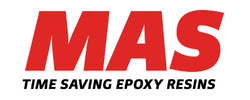
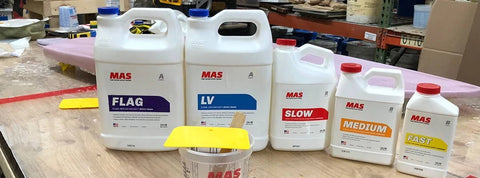
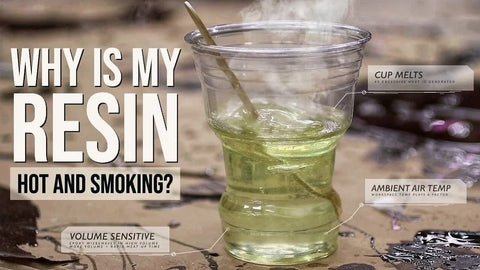
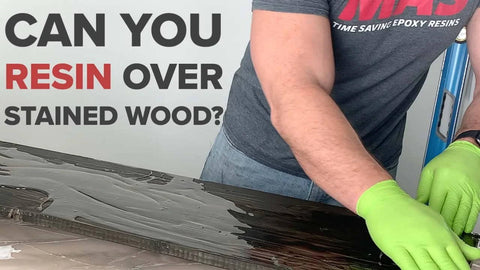
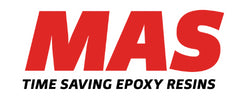
Comments (1)
I have a question: I was looking at the FLAG resin with a medium viscosity, wanting to know how brittle it is once fully cured? I wanted to use it on wooden lures for fishing. I have tried other epoxies that you can buy at Home Depot, and they chip and just break. These lures will have hook rash and be bumped on rocks at the jetties. Just curious if this would hold up.
look at instagram: Garcia_Lures for pics of lures.
Thanks for your time.